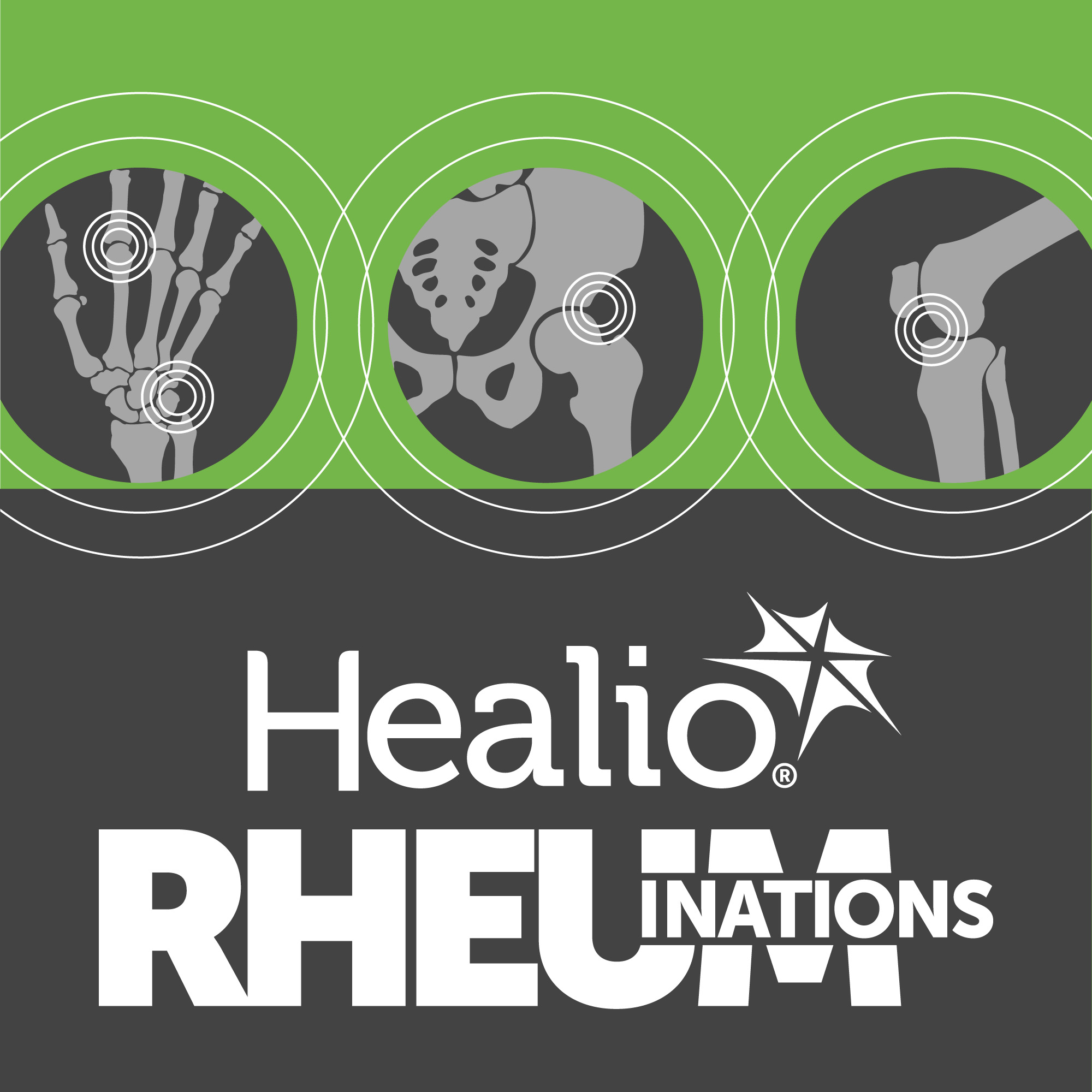Jun 26 2024 46 mins 12
In this episode, we dive into the story of aspirin and the development of ibuprofen, ending with the experiments that showed the mechanism of how aspirin actually works.
- Intro 0:12
- Review of part 1 0:28
- In this episode 1:04
- Blocking prostaglandins and willow leaves 2:26
- Edward Stone 3:45
- Johann Andreas Buchner 4:16
- The chemical structure of salicylic acid and creating the synthetic compound 4:44
- Dr. TJ MacLagan: The first trial in 1876 and treating acute rheumatism 5:16
- Felix Hoffmann: manipulating salicylic acid and aspirin 8:47
- How widespread was the use of aspirin for rheumatoid arthritis? 12:04
- 1938: problems with aspirin and endoscopies 14:58
- 1950s: long-term use of aspirin and chronic renal impairment 17:12
- Dr. Lawrence Craven: the use of aspirin to treat myocardial infarction 18:13
- Overview of what we’ve learned so far 20:48
- Stewart Adams: the development of ibuprofen 21:40
- A paper lost to time 23:29
- How do you test if a drug is anti-inflammatory? 25:25
- How do you make better aspirin? 26:55
- 1960: a trial comparing ibuprofen, baby aspirin and prednisone in patients with rheumatoid arthritis 30:03
- Aspirin, ibuprofen and other NSAIDs 32:49
- Nobel Prize winner Dr. John Vane 33:40
- Dr. Vane: what triggered prostaglandin production? 35:42
- Another guinea pig experiment 37:37
- Nobel Prize winner Dr. Bengt Samuelsson 39:00
- Interesting tidbits: early studies looking at the side effects of NSAIDs 40:01
- 1968: gastric ulcer formation and prostaglandins in rats 40:25
- 1973: renal blood flow and prostaglandins in dogs 41:53
- 1974: aspirin vs ibuprofen vs indomethacin for the heart 44:03
- Aspirin vs ibuprofen vs indomethacin 44:20
- On the next episode 46:09
- Thanks for listening 46:37
We’d love to hear from you! Send your comments/questions to Dr. Brown at [email protected]. Follow us on Twitter @HRheuminations @AdamJBrownMD @HealioRheum.
References:
Adams SS. Inflammopharmacology. 1999;doi:10.1007/s10787-999-0002-3.
https://www.aspirin-foundation.com/history/the-aspirin-story/.
Buchanan WW, et al. J Rheumatol. 2002;29(6):1321-3.
Cryer B, et al. Gastroenterology. 1999;doi:10.1016/s0016-5085(99)70545-7.
Desborough MJR, et al. Br J Haematol. 2017;doi:10.1111/bjh.14520.
Halford GM, et al. Platelets. 2012;doi:10.3109/09537104.2011.632032.
Harris SC, Fosdick LS. Theoretical considerations of the mechanisms of antipyretic analgesia. NWU Bull. 1952;53: 6–9.
Jasani MK, et al. Ann Rheum Dis. 1968;doi:10.1136/ard.27.5.457.
Robert A, et al. Gastroenterology. 1968;55(4):481-7.
Disclosures: Brown reports no relevant financial disclosures.
